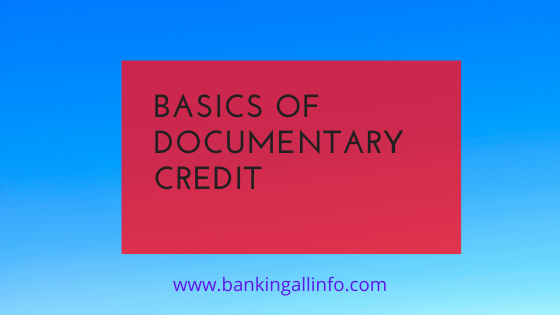Basics of Documentary Credit
International Trade & its Practice
Presented by: Md. Monjurul Haque, Joint Director, Bangladesh Bank.
Agenda:
- International Business Transactions
- International Trade Finance
- Letter of Credit (LC)
- Related terms of LC
- Mechanics of Documentary Credit
- Regulatory Considerations
International Business Transactions
Key principal in all business transactions:
– maximize sales & profits while simultaneously managing risk & reducing exposure
Risks in international transactions include:
– legal risk
– political risk
– marketing risk
– financial risk
Risk in international trade finance:
– non-payment
– inadequate or incorrect goods received
– currency issues
Most financial risk can be minimized/or eliminated with good contracts and planning
Methods of Payment
A. Advance/Post Payment
Cash
Check
Wire
B. Letters of Credit (LC)
1. Documentary LC
2. Stand-by LC
3. Back-to-back LC
Reasons for Using LC
- A. Parties do not know each other.
- B. A means to avoid risk of default by the other party.
- C. Shift risks to other parties.
A promise issued by a bank to another party which states the bank will pay the seller a specified amount when certain conditions are met.
Can be continuous/revolving or for a single transaction
Parties Involved in an LC Transaction:
A. Buyer
B. Issuing Bank
C. Seller/Beneficiary
D. Receiving Bank (seller’s Bank)
Can be “Confirming Bank”
E. Freight Forwarder
F. Carrier
G. Insurance Company
Governing Law of LC:
- LC is by nature a matter of contract; the rules of letters of credit are embodied in the terms of the contracts themselves.
- Parties may choose the governing law in the LC document/contract.
- UCP 600: Standards developed by the ICC; if incorporated into the LC, it is binding in case of dispute.
- UCP Article 5: Banks deal with documents and not with goods, services or performance to which the documents may relate.
Related Terms of LC
Exworks: Seller makes the goods available at his premises (i.e works, factory, warehouse etc.) to the buyer.
FCA: Free Carrier, Seller hands over the goods, cleared for export, into the charge of the carrier named by the buyer at the named place or point.
FAS: Free Alongside Ship, Seller delivers the goods alongside the vessel on the quay or in lighters at the named port of shipment.
FOB: Free On Board, Seller delivers the goods on board the vessel or at the airport at the named port/airport of shipment.
CFR: Cost and Freight, Seller pays costs and freight and to deliver the goods to the named port of destination. This term can only be used for sea and inland waterway transport.
CIF: Cost, Insurance and Freight, Seller pays costs, insurance and freight to deliver the goods to the named port of destination.
Documents Required for opening LC
- Proforma Invoice
- Commercial Invoice
- Transport Documents
- Bill of Lading
- Insurance Documents
- Packing List
- Custom Invoice
- Inspection Certificate
- Weight List
- If Amendments.

